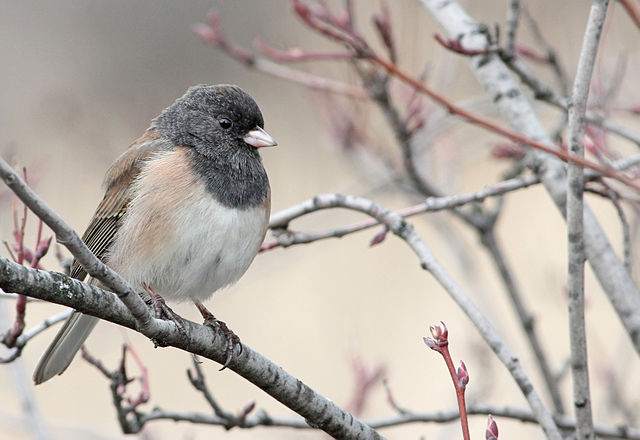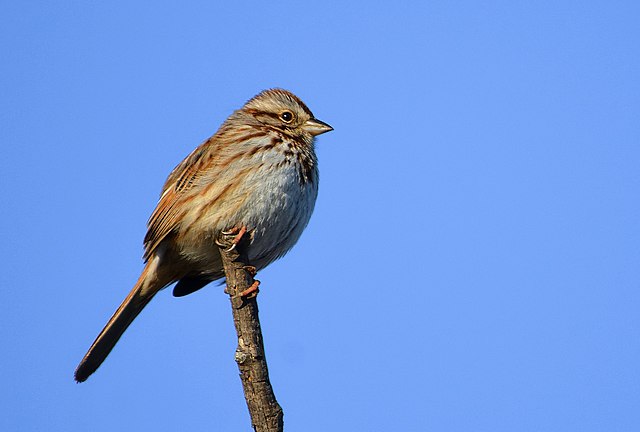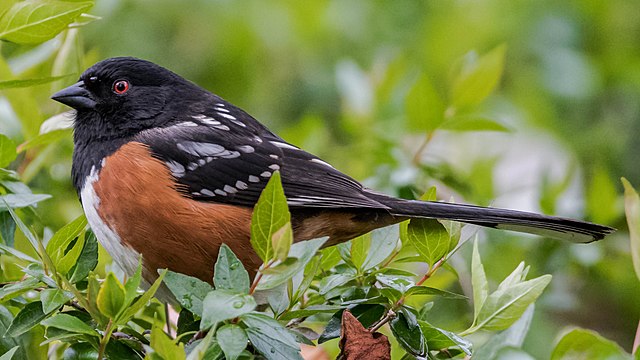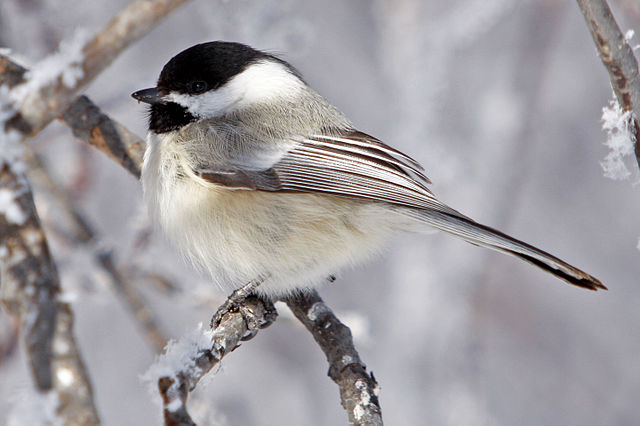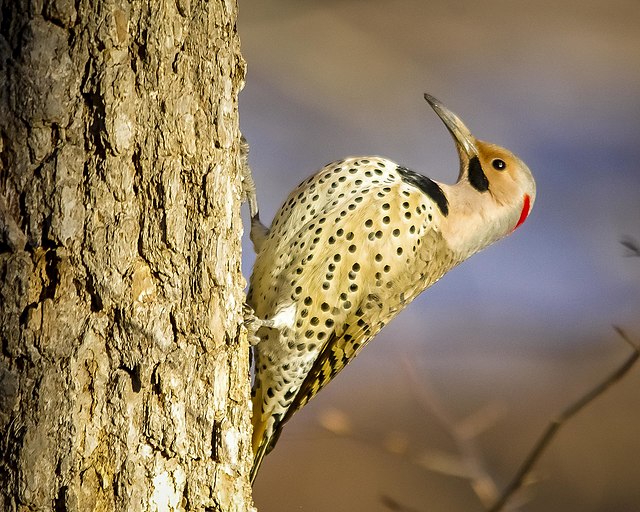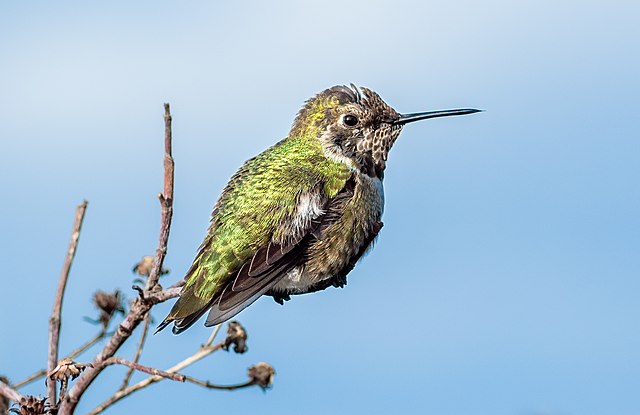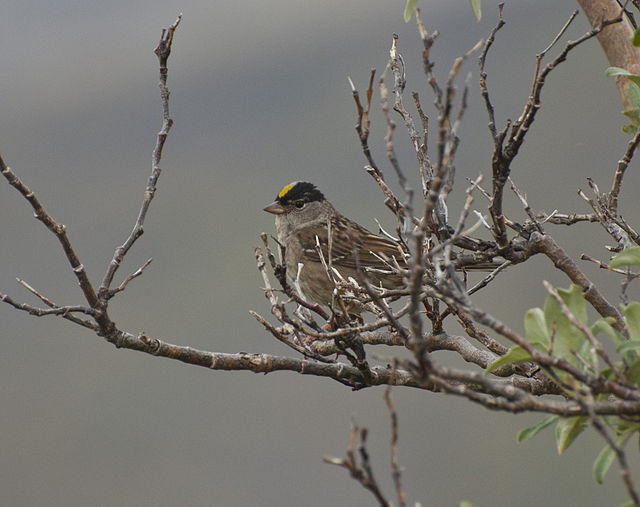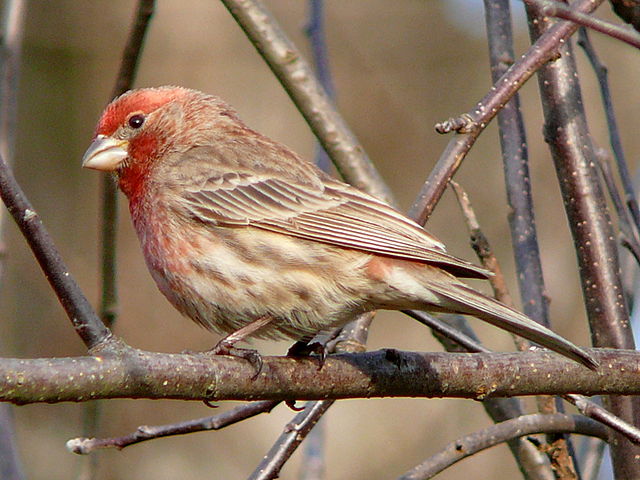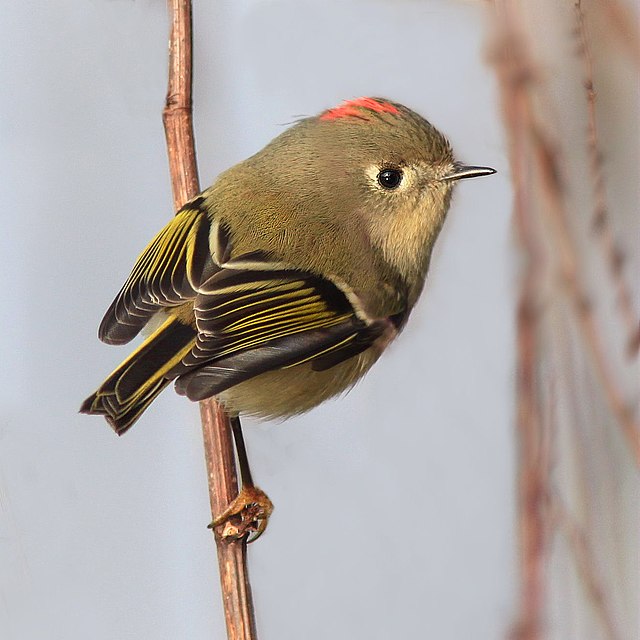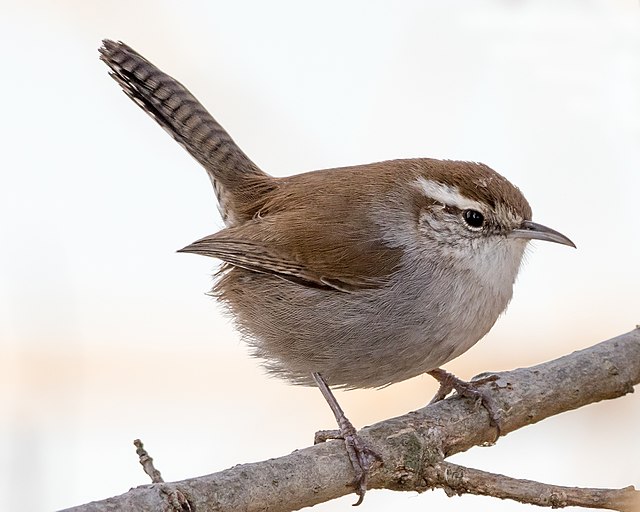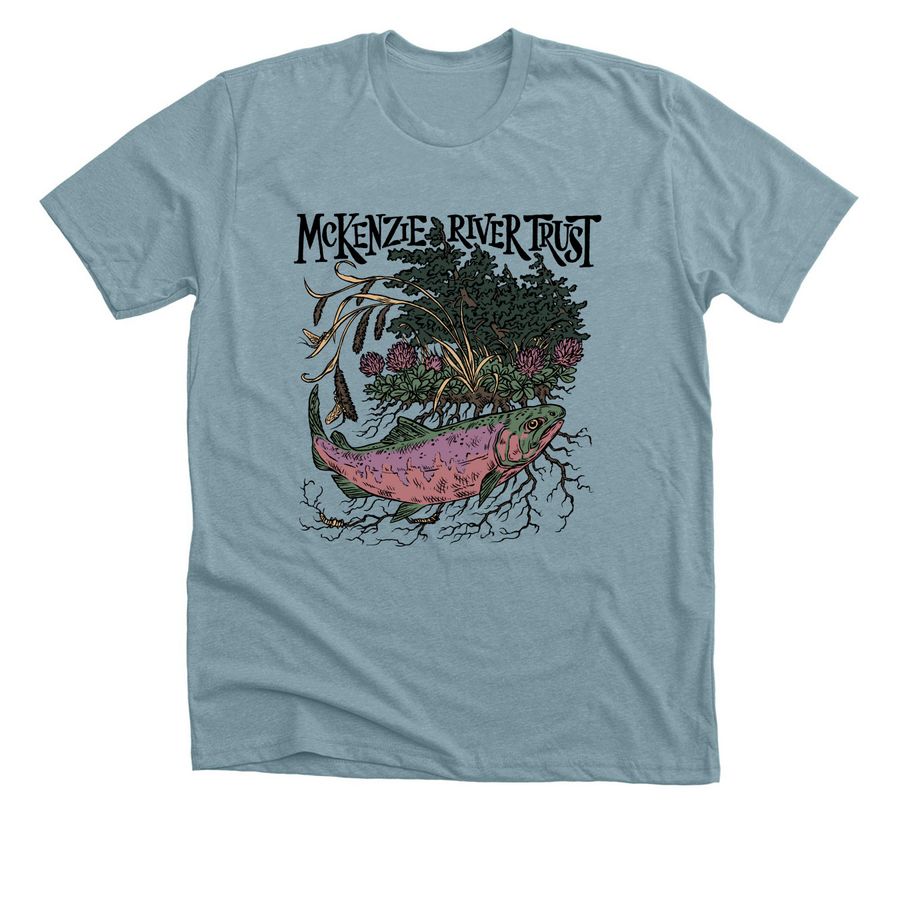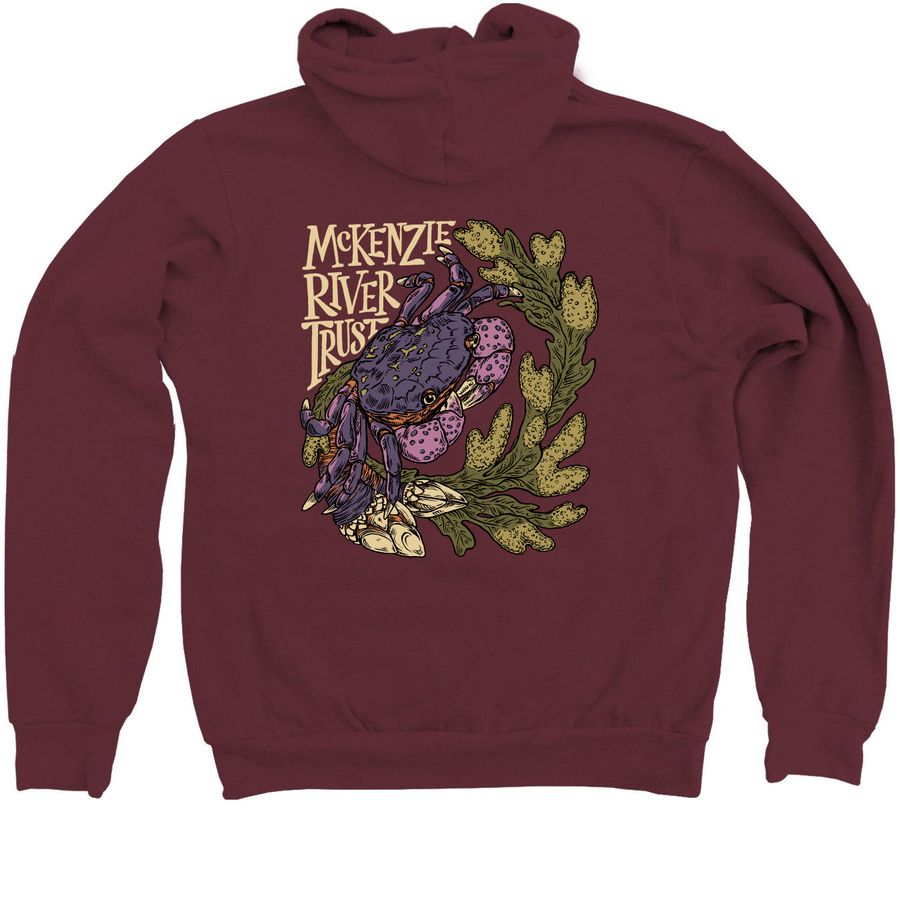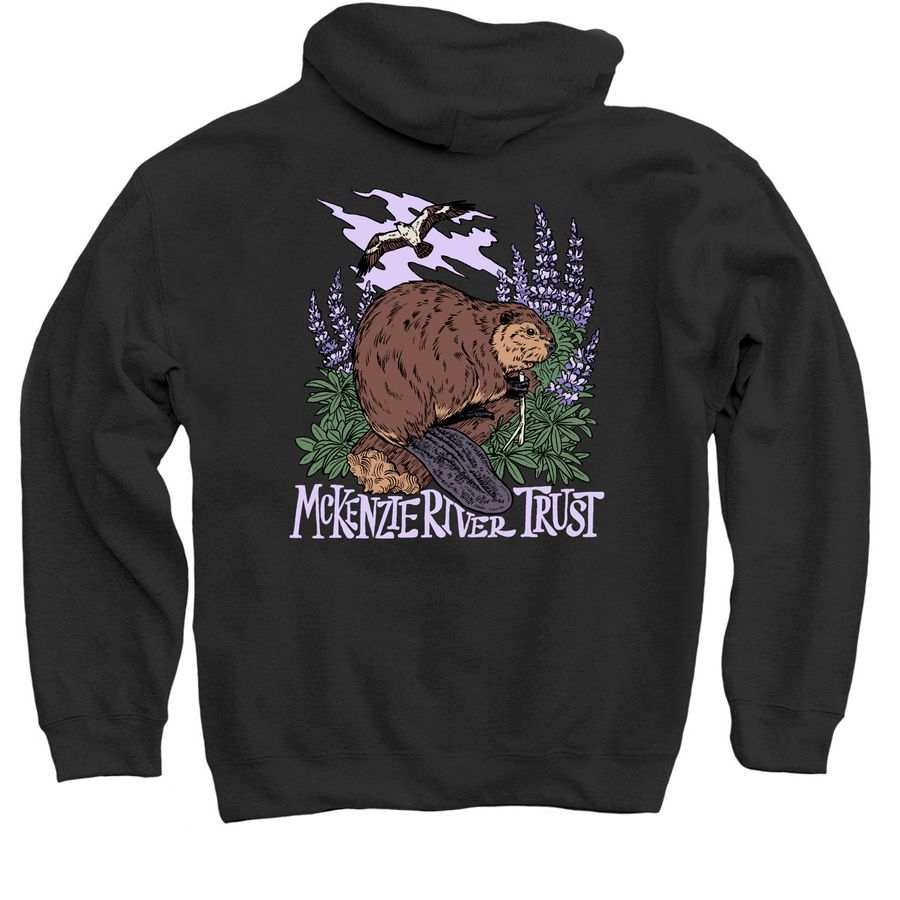Winter Check List
The bird descriptions below are generated by the Cornell Lab of Ornithology. You can read the full description, listen to their songs, and learn more about how to identify each bird by clicking on their name or photo.
Dark-eyed Juncos are neat, even flashy little sparrows that flit about forest floors of the western mountains and Canada, then flood the rest of North America for winter. They’re easy to recognize by their crisp (though extremely variable) markings and the bright white tail feathers they habitually flash in flight. Dark-eyed Juncos are among the most abundant forest birds of North America. Look for them on woodland walks as well as in flocks at your feeders or on the ground beneath them.
A rich, russet-and-gray bird with bold streaks down its white chest, the Song Sparrow is one of the most familiar North American sparrows. Don’t let the bewildering variety of regional differences this bird shows across North America deter you: it’s one of the first species you should suspect if you see a streaky sparrow in an open, shrubby, or wet area. If it perches on a low shrub, leans back, and sings a stuttering, clattering song, so much the better.
The Spotted Towhee is a large, striking sparrow of sun-baked thickets of the West. When you catch sight of one, they’re gleaming black above (females are grayish brown), spotted and striped with brilliant white. Their warm rufous flanks match the dry leaves they spend their time hopping around in. The birds can be hard to see in the leaf litter, so your best chance for an unobstructed look at this handsome bird may be in the spring, when males climb into the shrub tops to sing their buzzy songs.
A bird almost universally considered “cute” thanks to its oversized round head, tiny body, and curiosity about everything, including humans. The chickadee’s black cap and bib; white cheeks; gray back, wings, and tail; and whitish underside with buffy sides are distinctive. Its habit of investigating people and everything else in its home territory, and quickness to discover bird feeders, make it one of the first birds most people learn.
Northern Flickers are large, brown woodpeckers with a gentle expression and handsome black-scalloped plumage. On walks, don’t be surprised if you scare one up from the ground. It’s not where you’d expect to find a woodpecker, but flickers eat mainly ants and beetles, digging for them with their unusual, slightly curved bill. When they fly you’ll see a flash of color in the wings – yellow if you’re in the East, red if you’re in the West – and a bright white flash on the rump.
Anna’s Hummingbirds are among the most common hummingbirds along the Pacific Coast, yet they’re anything but common in appearance. With their iridescent emerald feathers and sparkling rose-pink throats, they are more like flying jewelry than birds. Though no larger than a ping-pong ball and no heavier than a nickel, Anna’s Hummingbirds make a strong impression. In their thrilling courtship displays, males climb up to 130 feet into the air and then swoop to the ground with a curious burst of noise that they produce through their tail feathers.
The large, handsome Golden-crowned Sparrow is a common bird of weedy or shrubby lowlands and city edges in winter along the Pacific coast. Though it’s familiar to many during winter, Golden-crowned Sparrows vanish for the summer into tundra and shrublands from British Columbia to Alaska, where little is known of its breeding habits. Gold-rush miners took cold comfort from this bird’s melancholy song, which seems to reflect the bleak beauty of its surroundings.
The House Finch is a recent introduction from western into eastern North America (and Hawaii), but it has received a warmer reception than other arrivals like the European Starling and House Sparrow. That’s partly due to the cheerful red head and breast of males, and to the bird’s long, twittering song, which can now be heard in most of the neighborhoods of the continent. If you haven’t seen one recently, chances are you can find one at the next bird feeder you come across.
A tiny bird seemingly overflowing with energy, the Ruby-crowned Kinglet forages almost frantically through lower branches of shrubs and trees. Its habit of constantly flicking its wings is a key identification clue. Smaller than a warbler or chickadee, this plain green-gray bird has a white eyering and a white bar on the wing. Alas, the male’s brilliant ruby crown patch usually stays hidden—your best chance to see it is to find an excited male singing in spring or summer.
If you come across a noisy, hyperactive little bird with bold white eyebrows, flicking its long tail as it hops from branch to branch, you may have spotted a Bewick’s Wren. These master vocalists belt out a string of short whistles, warbles, burrs, and trills to attract mates and defend their territory, or scold visitors with raspy calls. Bewick’s Wrens are still fairly common in much of western North America, but they have virtually disappeared from the East.
From the Field
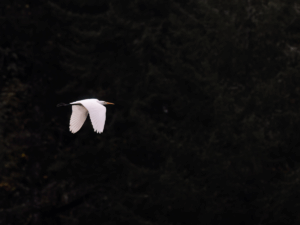
Public Notice: McKenzie River Trust Seeks Accreditation Renewal
McKenzie River Trust is pleased to announce it is applying for its third accreditation renewal through the national Land Trust Alliance. The land trust accreditation program recognizes land conservation organizations that meet national quality standards for protecting important natural places and working lands forever. The public is invited to comment through Monday, December 22nd, 2025
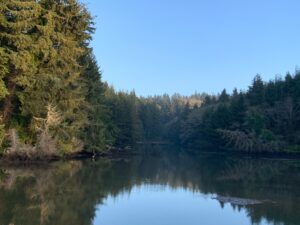
Caring Across Time
More than four years ago, McKenzie River Trust expanded our work into Lincoln County to help safeguard this special place. Now, we’re carrying forward the good work of the Central Coast Land Conservancy and expanding impact across the Yaquina River watershed.
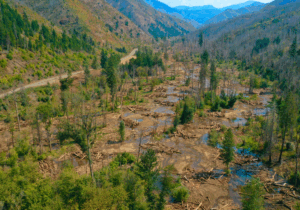
Partnerships at Work in the McKenzie Valley
The completion of restoration at Quartz Creek bolsters a growing network of efforts to protect water and wildlife across the McKenzie River watershed.


